The acronym B2B simply stands for Business-to-Business which is a business model that focuses on the sale of products and services from one company to another. The selling company, through its products and services, helps other companies succeed or strengthen their internal resources.
B2B is one of the most important acronyms used in marketing. If it’s a fairly ambiguous or new concept to you, let’s take a look at it and find out how it differs from other business models you may be familiar with.
For this, we will see together :
- What is meant by the notion BtoB ;
- The difference between B2B and B2C sales;
- Some examples of successful BtoB companies;
- And the best practices to adopt to have a successful B2B business.
Let’s get started!
Chapter 1: What do we mean by B2B?
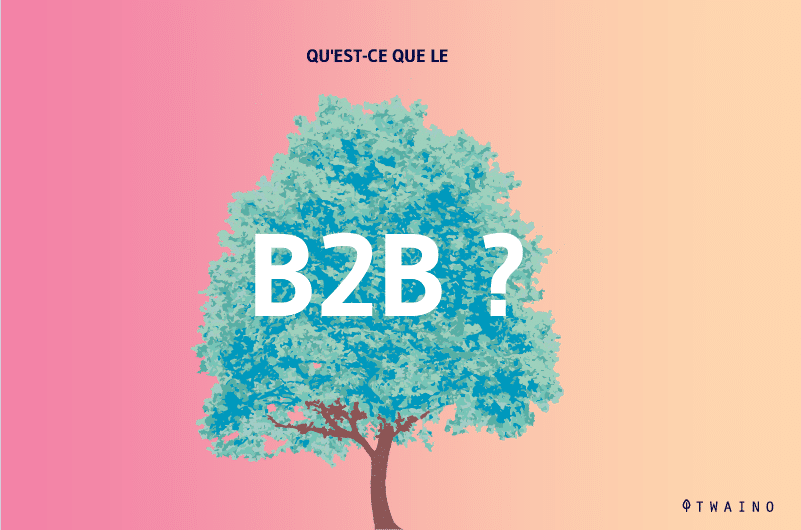
To better explain the notion of B2B, we will essentially:
- Give a detailed definition of the term;
- Name two essential points to recognize a B2B company;
- Present the different forms of B2B companies.
1.1. what does b2b mean?


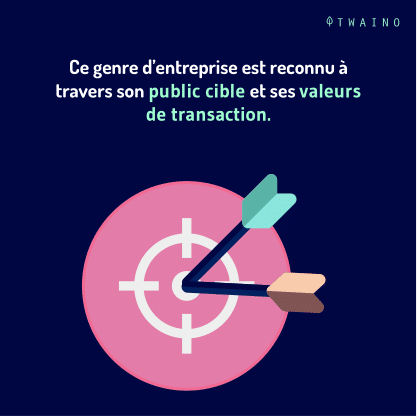
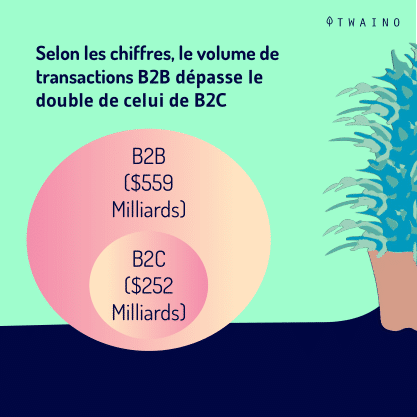

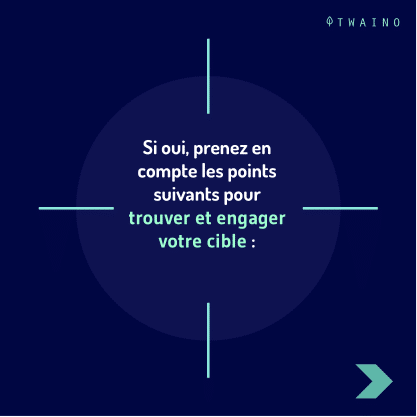
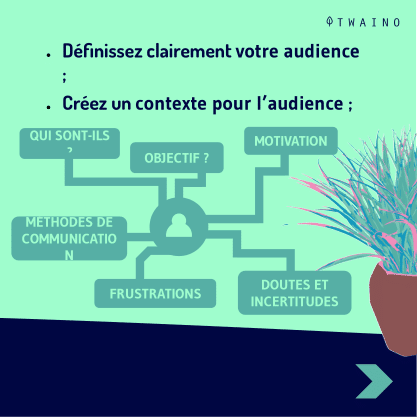
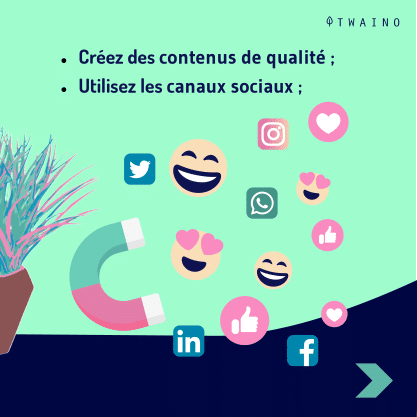


In a literal translation of the term B2B, Business to Business means “Business to Business”
It is a kind of commercial exchange between two or more companies, like the one between a wholesaler and a manufacturer or a retailer.
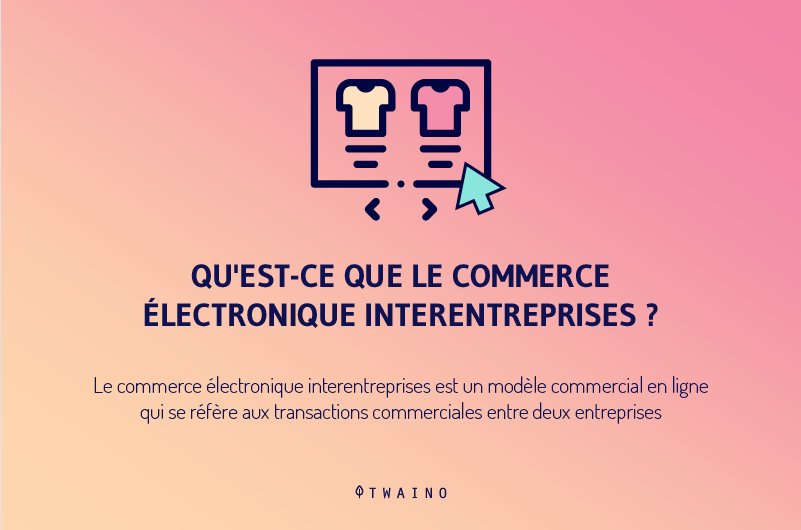
For example, a company specializing in the sale of office furniture or accounting software can be considered a B2B company.
This means that B2B companies are support companies that provide other companies with solutions to operate and grow.
Thus, business-to-business refers to business to business and not between a company and an individual consumer. Business-to-business transactions contrast with Business to Consumer (B2C) and Business to Government (B2G) transactions.
In the automotive industry, B2B companies are common. Most manufacturers outsource the manufacturing of several parts to subcontractors
These are typically tires, hoses, batteries, and any other electronic components that are essential to make the final product
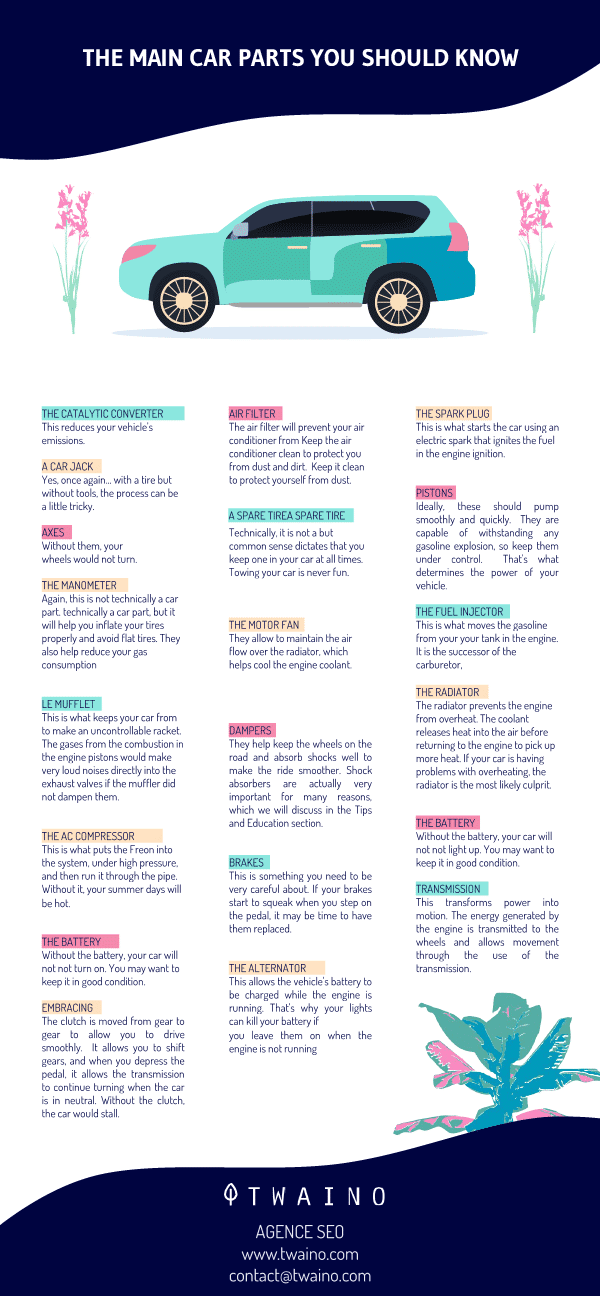
Manufacturers purchase these products from several suppliers and incorporate them into the final product. Let’s say you buy a car from one company, you are indirectly buying parts manufactured by several other companies.
Furthermore, business-to-business (B2B) transactions account for a large portion of world trade today

For example, in e-commerce (Amazon Business, Alibaba, Joor, eWorldTrade etc.), B2B generated more than 10.6 billion in revenue revenues, while B2C activities accounted for only 2.8 billion dollars
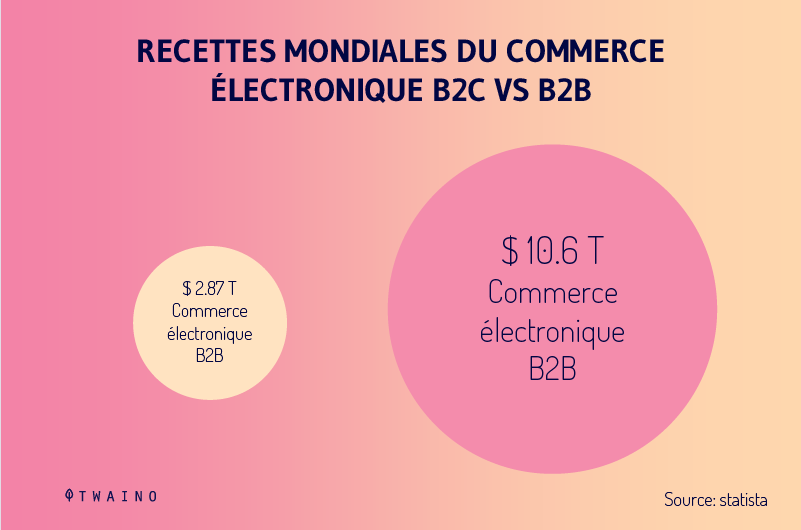
Obviously, many B2B companies are not in e-commerce and the figures generated overall will be much higher.
But, on what criteria can we concretely recognize a B to B company?
1.2. 2 essential points to recognize a B2B company
We can recognize BtoB on two essential points:
- Its target audience;
- Its transaction values.
1.2.1. The target audience of a B2B company
What types of customers can a BtoB company have? Unlike B2C companies whose customers are individuals looking for a specific product or service, the customers of B2B companies are more difficult to define
Obviously, their target audience is other businesses, so buying decisions vary from business to business
Instead of marketing directly to individuals who are able to buy immediately as B2C e-commerce companies do, BtoB companies contact other businesses.

A client company’s buying decision is always in the best interest of everyone involved in the business
That’s why a B2B company’s marketing plans are usually:
- specific;
- clear ;
- engaging.
1.2.2. At the level of transaction value and communication context
The monetary value of Business to Business transactions transactions is significantly higher than that of Business to Consumer
The main reason is that businesses are more likely to purchase more expensive goods or services in larger quantities than consumers
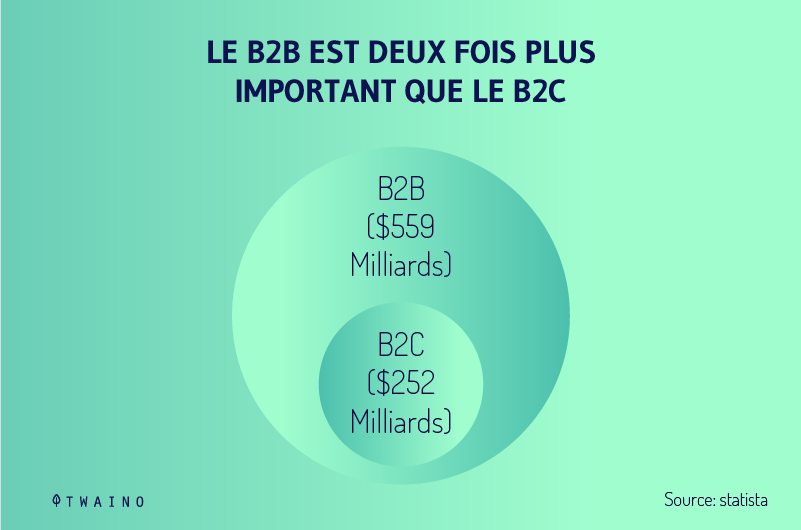
For example, a coffee processing company will buy an industrial quantity of coffee beans, while an ordinary consumer will settle for a few grams.
What matters here is the type of customer, not the size of the transaction. While business-to-business transactions often involve high prices and quantities, they can also occur on a much smaller scale in some cases
For example, a small business selling products or services to another small business. The hallmark of B2B is the participants, i.e. two companies.
Not to mention that B-to-B is a system that allows employees of different companies to communicate with each other, via social networks like LinkedIn and others.
This method of communication used by employees of various companies is called “B2B communication”.
1.3. What are the different forms of B2B?


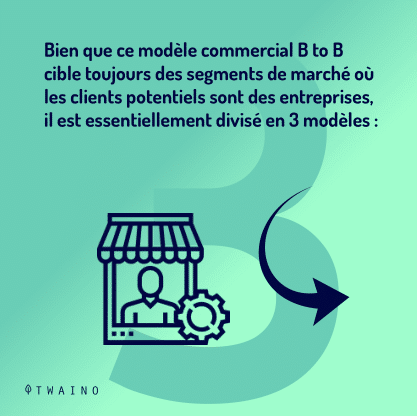
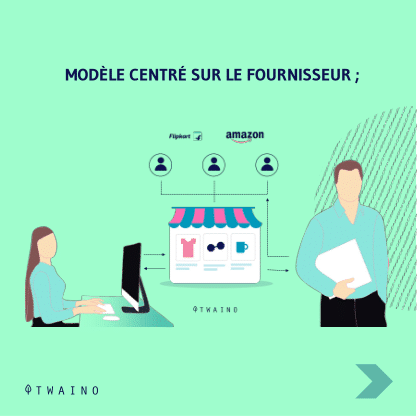
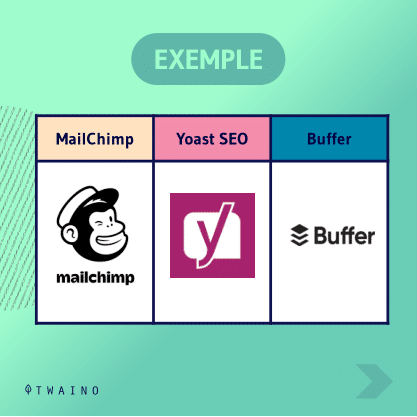
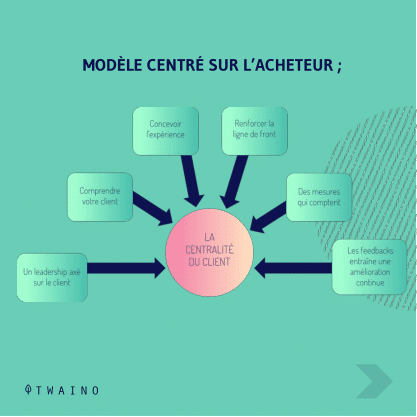
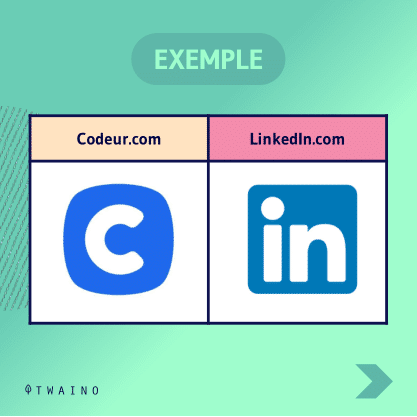
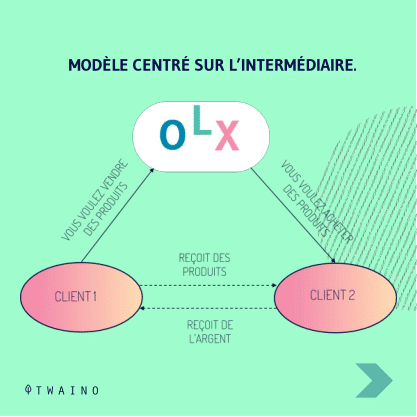
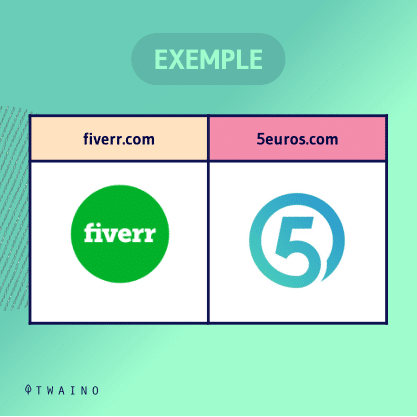

The marketing techniques used in B2B business activities are more studied than those implemented to target direct consumers
Although this B2B business model still targets market segments where the potential customers are companies, it is essentially divided into 3 models:
- Supplier-centric model;
- Buyer-centric model;
- Intermediary-centric model.
Here are some explanations of these different models:
1.3.1. Supplier-centric model
Vendor-centric models are the type of business in which a vendor creates a market with the intention of selling its customized solutions to several other businesses
Most evaluate their solutions based on the needs of the customer/buyer.
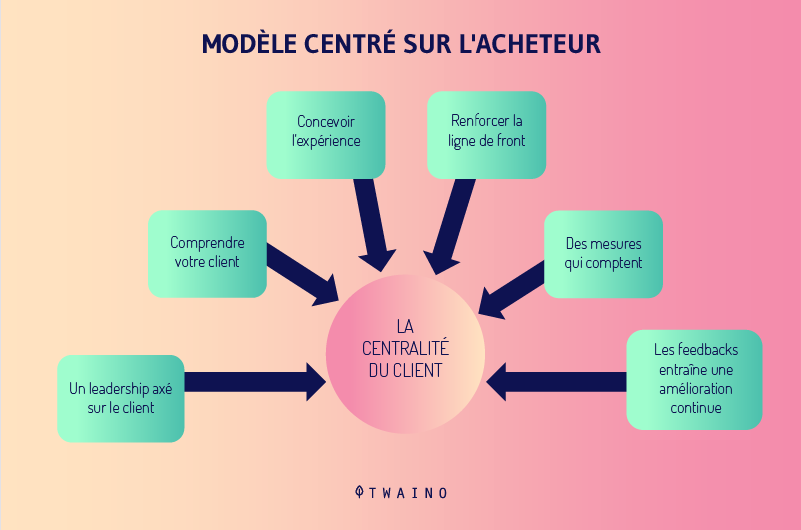
Example: Selling office supplies from a b2b company to small businesses.
1.3.2. Buyer-centric model
This type of business model is more popular at the large enterprise level that involves transactions with large buying capacity
Here, the company creates a portal, primarily online, to accept quotes from different sales companies. These companies then approach the buying company with their quotes
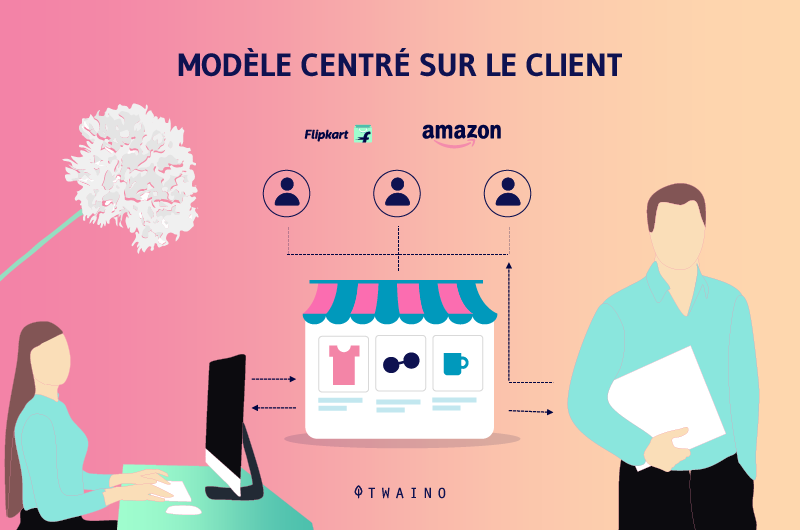
And finally, the buying company opts for a vendor that it considers profitable after a thorough analysis. This model is considered project or business marketing. These relationships are created through a tender study.
1.3.3. Intermediary-centered model
Market intermediaries are those that provide a common platform for buyers and sellers to meet and interact
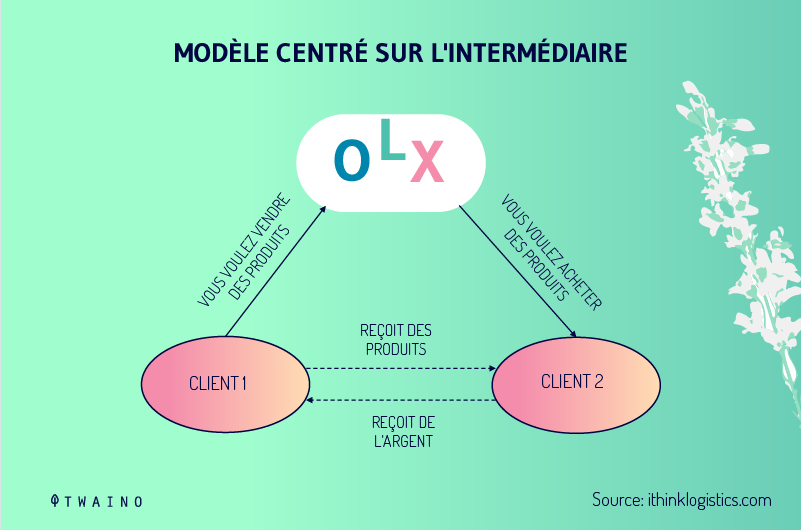
Interactions in this sector can take the form of transactions or simple communications
They maintain a database of buyers and sellers with the primary objective of profiting from these associations.
Let’s take a look at some of the best practices to adopt when setting up a BtoB company. From there, we’ll then look at some examples of successful B2B companies.
Chapter 2: Some Examples of Successful B2B Companies and Best Practices to Adopt When Setting Up
As described by the chapter, you will discover here:
- Some examples of successful B2B companies and what they have in common;
- The essential practices to take into account to create a successful B2B company.
2.1. Some examples of B2B businesses
B2B is more common than you think in our modern world. The following services are excellent examples of B2B businesses.
2.1.1 WeWork

Founded in 2010, WeWork’s goal was to create a large office space for businesses. Today, the platform is popular with entrepreneurs.
It is an interesting B2B company because it offers a huge office space and continues to grow
2.1.2 Slack

Slack is the perfect place for companies to pass information that concerns all their team members. It is where:
- all the collective
- the information shared ;
- and the tools used
Slack provides a communication platform that will allow companies’ sales team to come together to collaborate effectively!
This is a good example of a BtoB company, as it evolves communication for business customers
2.1.3 MailChimp

Mailchimp represents in the online marketing world, one of the best automation platforms.
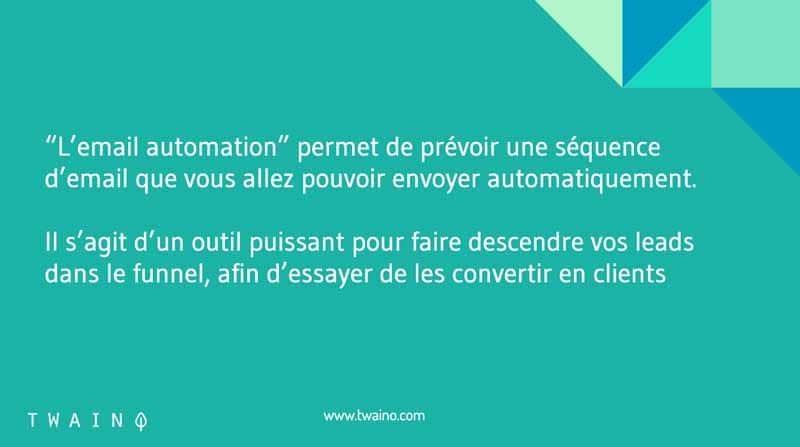
With email automation, it helps many online businesses to:
- find their audience ;
- interact with their prospects;
- build their business brand.
As the figure above shows, email as content has a high ROI:
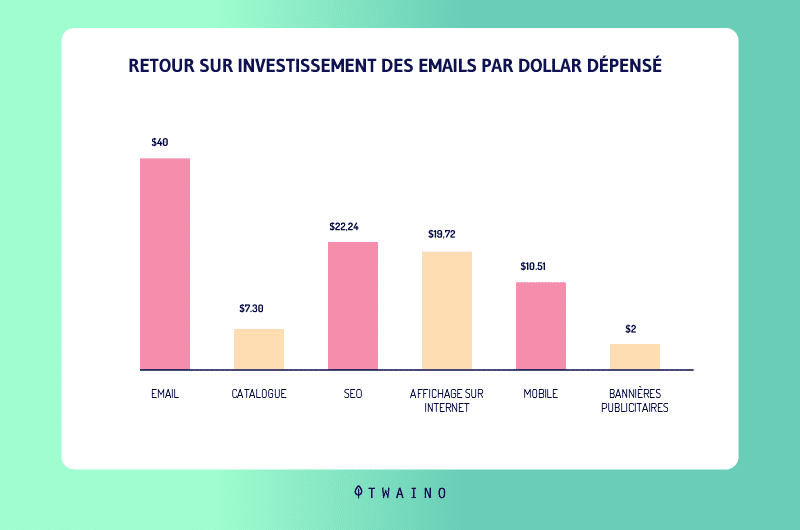
2.1.4 Buffer
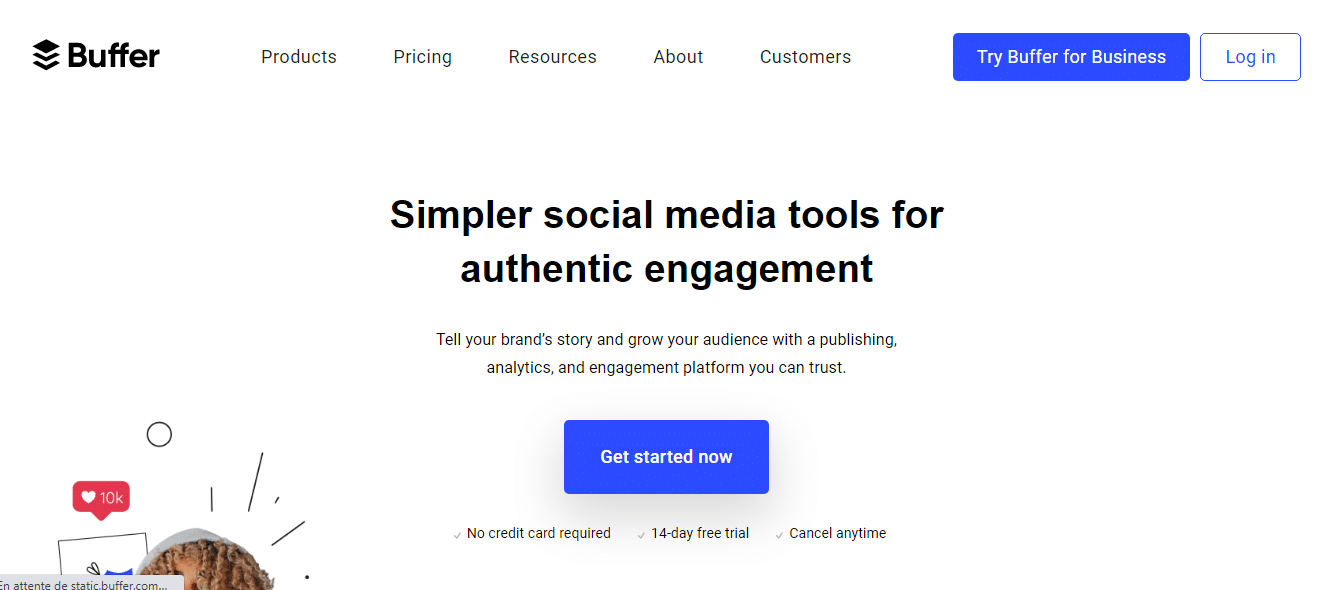
Designed for social account management, buffer is an application that allows users to schedule posts on different social channels to save time.
In addition to saving time, this application also helps companies to stay “active” on social networks.
It is aimed at companies that are present on several social networks, but do not have the time or power to communicate consistently on all of them at once.
2.1.5 LinkedIn

In the marketing industry, LinkedIn represents a professional social network with strong leadership. It has become a great place to find relevant and highly reliable information in the business world
It shares:
- strong content to stay current and learn about others in their field;
- business articles
- from news to job offers.
With the wide availability of advanced content options, LinkedIn has been able to maintain its position as one of the best BtoB brands that keeps its users well informed.
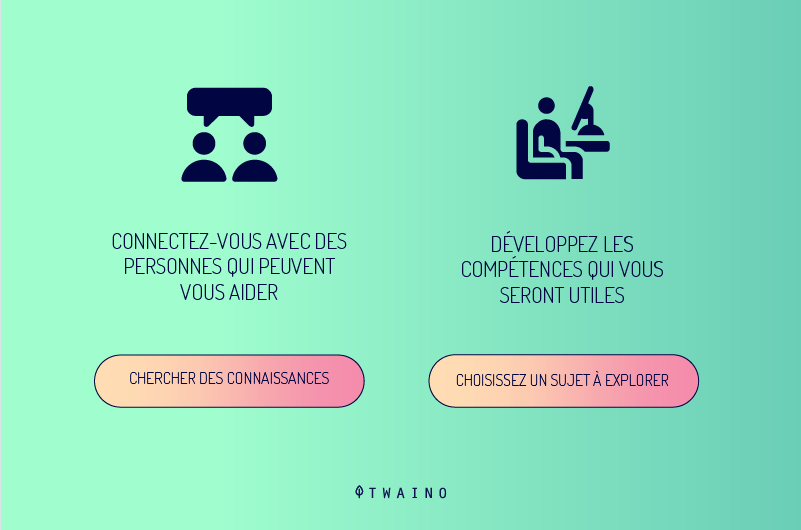
By the way, Toprankblog finds that 91% of B2B companies use Linkedin to share their content.
2.2. What successful B2B companies have in common
They all address problems faced by other companies and take it upon themselves to create a B2B business solution to help them solve those problems! They are there to help companies succeed and do what they love.
The main reason for their successes is because they help companies move forward by making their business more efficient, valuable and qualitative
So, if you’re looking to start your own BtoB business or are struggling to refine your business mission, just think about how you can help other businesses move forward!
Finally, let’s talk about some essential practices to consider when starting a B2B business.
2.3. The best strategies to put into practice to have a successful B2B business
In order to be successful as a B2B seller, you should take certain steps to find the best business customers and bring them back to you. This includes:
- defining the audience;
- creating a context for the audience;
- creating quality content;
- using social channels
- etc.
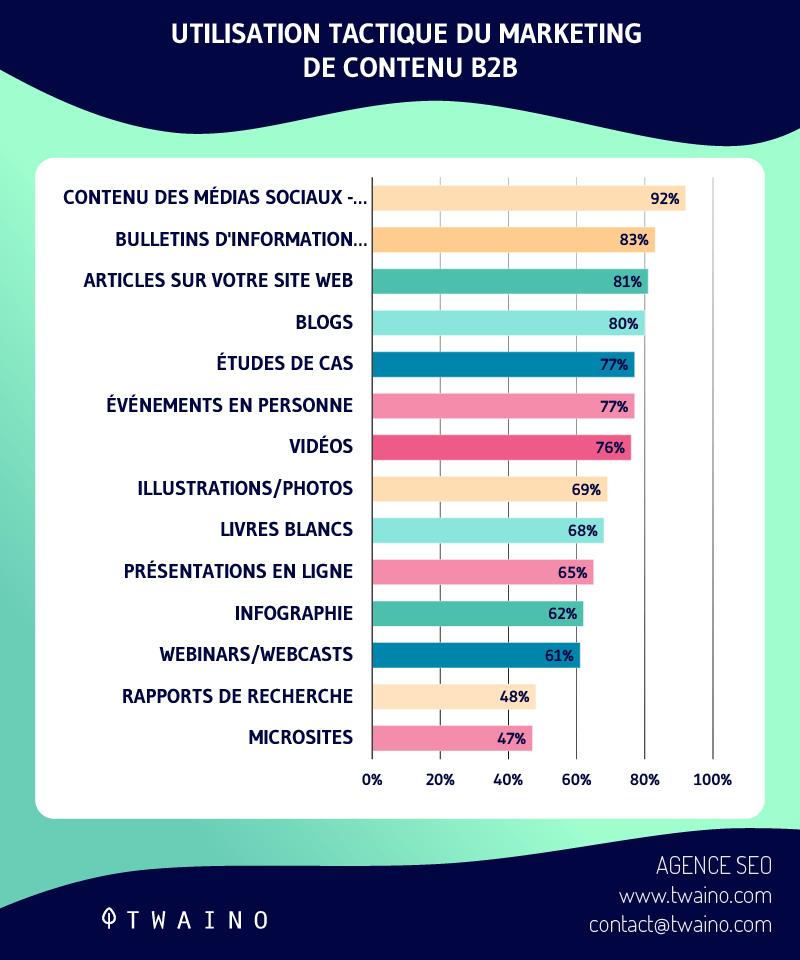
2.3.1. Define your audience
Like any marketing plan, you need to at least know who you want to target. If you don’t know your customer base and your target audience, you risk wasting time and therefore money.
Not everyone has the same needs, which is why you should put all your efforts into your target audience. Another outside of this circle must be secondary.
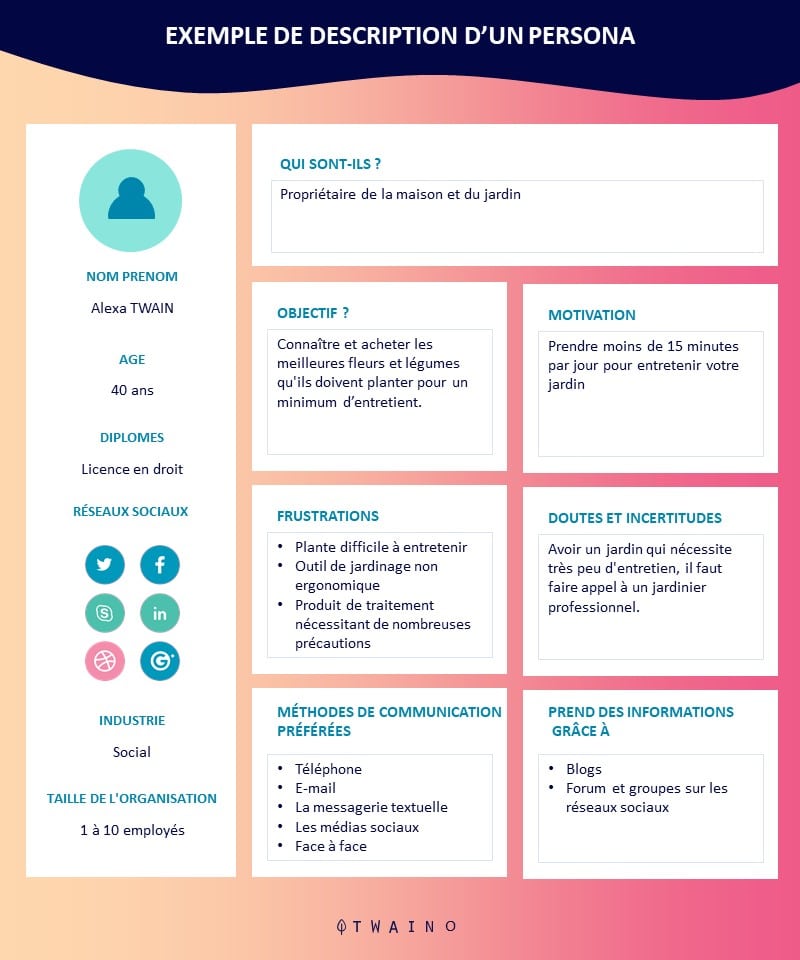
As a B2B company, you need to understand how your products/services will help these buyers.
2.3.2. Create a context for the audience
Once you have found your target market, you need to create a context that resonates with them. If you don’t understand your customers’ interests and their buying process, it will be difficult for you to:
- present your products ;
- write and create content that resonates.
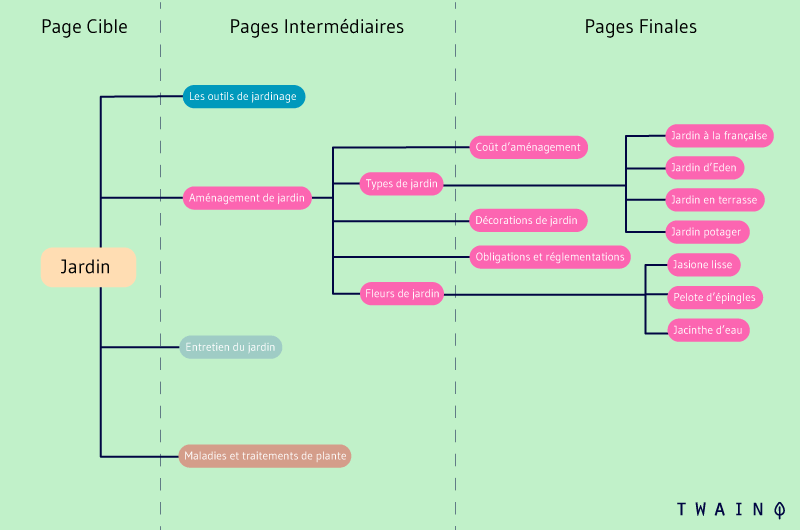
Think and focus on discovering their motivations, weaknesses and buying behaviors. This will put you in the best possible position to get them interested in your services and to buy your products.
2.3.3. Quality content
To help your audience learn and practice smarter, you need to create an effective content marketing strategy. According to the infographic below, 91% of B2B companies consistently use content marketing :
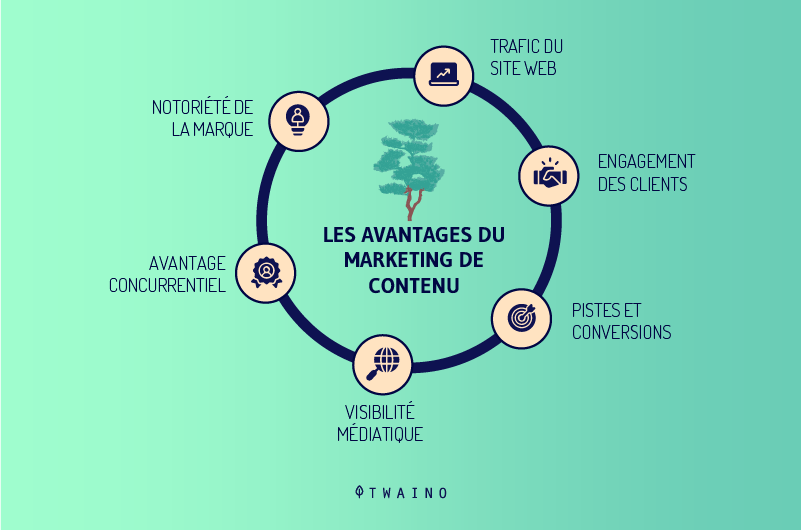
Unfortunately, only 21% of B2B companies are successful with their content marketing strategy:
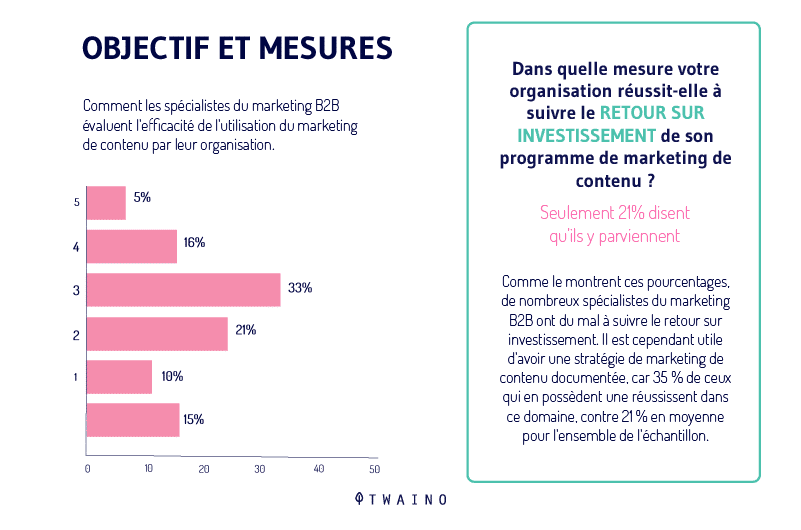
If your target market has no idea about your products/services or the benefits they offer, they won’t use them.
2.3.4. Improvement and Innovation
Habits change and so should your marketing! As your customer base evolves due to the world around them, you will need to keep up with it and improve your business to better serve other businesses around the world!
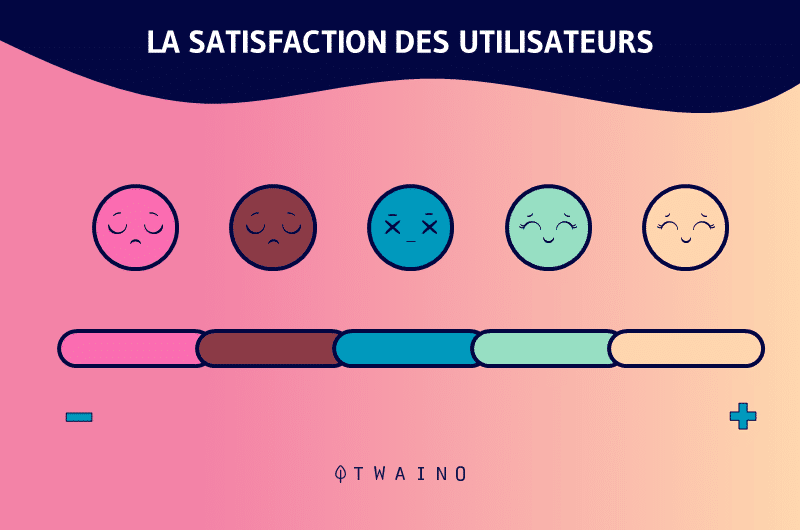
Even if you are experiencing business success now, know that what works today may not work in a year or six months.
In addition, as a business evolves, so do the needs. Any strategy you propose must be based on a scalable foundation
Effective scaling will allow you to continue to grow your revenue while still meeting the needs of your target market.
2.3.5. Use of social networks
We all know that social networks are one of the main sources of potential customers for all businesses these days. They bring enormous value to BtoB companies!
Integrating them into your B2B marketing strategy will make your results even better
When you start attracting interested leads, meet with your sales team to discuss how to increase your chances of closing deals
You should also encourage satisfied business customers to tell others about you. Also ask for testimonials that can be posted on your website and social media pages.
In summary, the success of a BtoB business is justified by its ability to:
- Develop customer service;
- Build customer loyalty;
- Create meaningful change that can improve the business of its customers.
Chapter 3: Other Questions Asked
3.how is B2B selling different from B2C selling?
B2B selling (selling to a business) is different from B2C selling (selling to an individual consumer) in several ways
The first difference, when you make B2B sales, is that you are usually dealing with business buyers. Unlike B2C sales, the level of professionalism in BtoB sales is much higher
To be successful, you’ll need to dress and behave in a more formal manner.
Here’s a rundown of key sales and marketing points in B2B transactions:
- Sometimes sales require participation in a bidding process by responding to the buyer’s RFQ;
- Depending on the size, nature of the order and even the operation of the buying company, the buying decision process can take days, weeks or even months;
- Generally, purchasing decisions are made by a committee
- The monetary value of the goods or services being sold is far greater than at the consumer level, so the buying company must take steps to reduce the likelihood of risk.
However, a company that sells to businesses can also sell directly to individuals who are end consumers
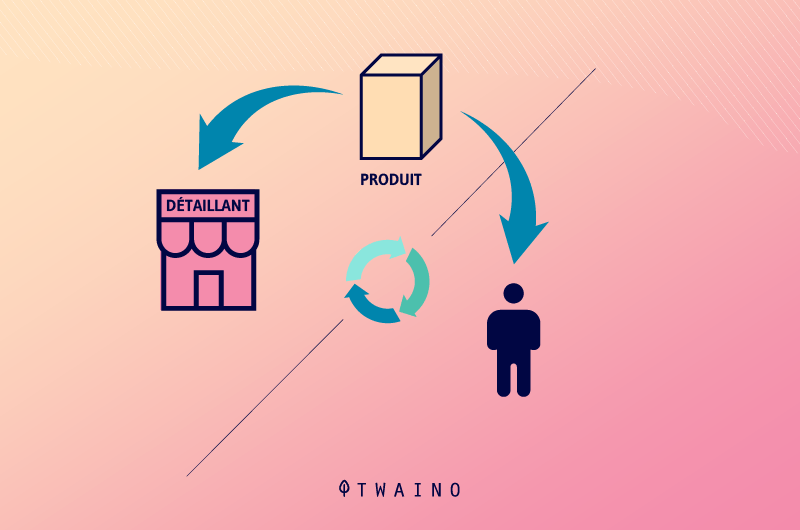
Consider these two examples:
- A phone manufacturer that sells wholesale to business resellers may also sell to consumers who buy online or in physical stores;
- A company that provides health and wellness advice to businesses can also provide advice to individuals one-on-one.
3.2. What do B2B and B2C have in common?
While B2B and B2C business models may seem different, they have many many similarities.
Here they are:
- Behind both categories are real people.
- Both require excellent customer service and an enhanced customer experience.
- Both require a customer-centric sales process.
- In both cases, you need to focus primarily on customer problem-solving techniques.
- Both groups need authenticity and credibility to engage.
- Customers in both markets are more informed than ever.
- You need to build trust between the two groups to close a sale.
- Both categories make purchases online and offline.
- In both cases, the customer journey does not end with a purchase, but continues after the purchase
In summary
B2B is a marketing concept that is quite simple to understand and refers to the business relationships between different companies. And to be honest, there is no single strategy in B2B marketing
The most important thing is to master your market and not to miss trends that can be important factors for success or failure.
See you soon!



